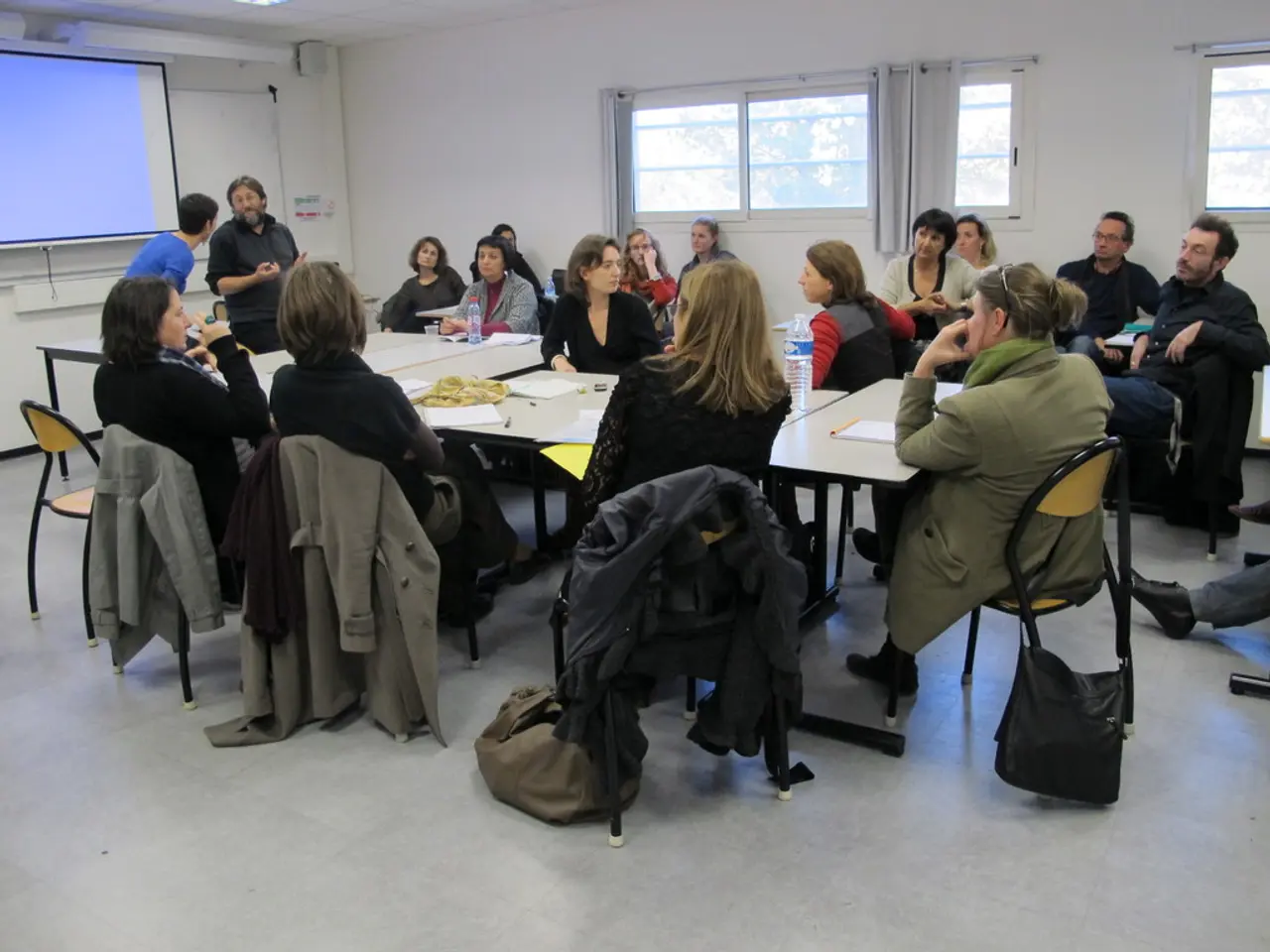Russia insists on a halt to hostilities in Ukraine - Call for a truce in Ukraine by Merz
In a significant diplomatic move, German Chancellor Friedrich Merz has called for a ceasefire in Ukraine, emphasizing that it is a crucial step towards possible peace talks between Russian President Vladimir Putin and Ukrainian President Volodymyr Zelenskyy.
The call for a ceasefire was made during a summit involving US President Donald Trump and European allies, with the aim of securing Russia's agreement to a ceasefire, facilitating prisoner exchanges, and pushing towards peace negotiations. The summit took place in Alaska, with Trump and Putin discussing this approach, and Trump agreeing by phone with Putin to pursue a ceasefire framework[1].
German Chancellor Merz initiated a videoconference on August 13, 2025, with Trump, Zelensky, and European leaders to coordinate their efforts ahead of the summit. The conflict in eastern Ukraine, which has been ongoing since 2014, has resulted in thousands of deaths and the displacement of hundreds of thousands of people.
Merz stressed that decisions about Ukraine's sovereignty rest with Ukraine alone, without European interference on territorial concessions[2]. He urged Putin directly to end hostilities and seize the opportunity presented by the summit to move towards peace. The German Chancellor welcomed Washington’s security guarantee plan, which would include military supplies and allied support to Ukraine, seeing it as a foundation for a stable ceasefire and negotiations[3][1].
The call for a ceasefire comes from the Ukrainian President's administration, with Ukrainian Foreign Minister Dmytro Kuleba making the call during a meeting with his German counterpart, Annalena Baerbock, in Berlin, Germany[4]. Annalena Baerbock, the German Foreign Minister, has expressed her support for Ukraine's call for a ceasefire.
The ceasefire is seen as a necessary condition for the next round of peace talks, with Merz stating that he couldn't imagine the next peace talks taking place without a halt in hostilities[5]. The ceasefire is not explicitly stated to be aimed at ending the violence and finding a peaceful solution to the conflict, but it is clear that this is the ultimate goal.
This represents the latest coordinated diplomatic push to end the war in Ukraine through ceasefire and dialogue, with German Chancellor Merz playing a central role in Western negotiations. The conflict in eastern Ukraine has been a source of tension between Russia and the West for years, and the hope is that this latest diplomatic effort will lead to a lasting peace.
[1] The Washington Post
[2] Reuters
[3] The New York Times
[4] BBC News
[5] Deutsche Welle
- The Commission, consisting of international diplomats, is proposing to extend the period of validity of the peace talks agreement to cover the whole year from 1st January to 31st December, aligning with the proposed ceasefire and subsequent negotiations.
- Beyond Ukraine, the general news landscape sees these ceasefire endeavors as a significant step, with politics and the resolution of war-and-conflicts closely intertwined, as demonstrated by the ongoing discussions between Ukraine, Russia, and the West.






